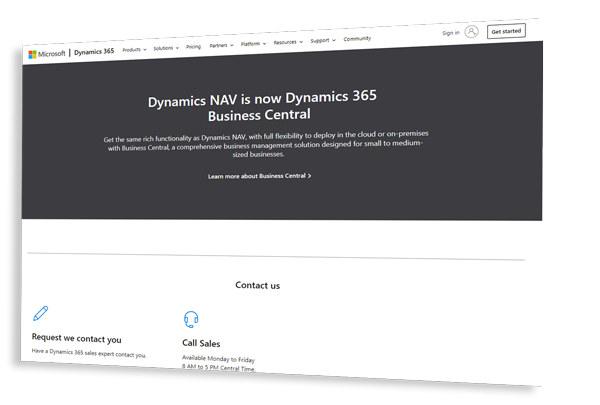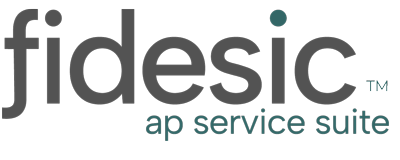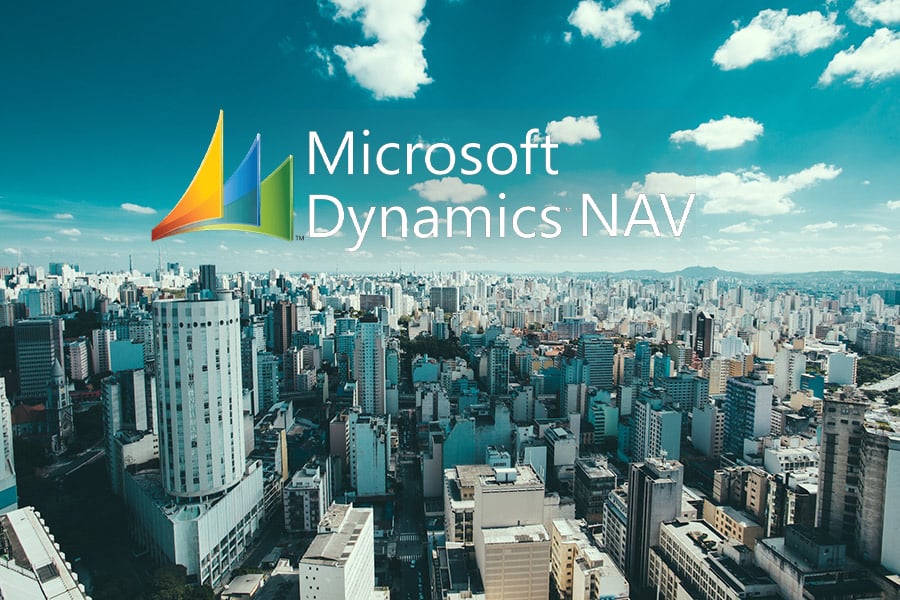Microsoft Dynamics NAV End of Life? Yes & No... What Next?
It is true that Microsoft Dynamics NAV end of life is fast approaching. Mainstream Support ended for NAV 2018 at the start of 2023. This means the five-year countdown has begun for Dynamics NAV (aka Dynamics Navision) with all Navision extended Support ending in 2028.
However, Dynamics 365 Business Central is the next evolution of Navision. Read on to learn more...
Microsoft Navision Support Lifecycle
Microsoft’s lifecycle policy for Dynamics NAV has been on a ten year roadmap for each release. The first five years has included standard support and the last five years includes extended support.
What is NAV extended support?
Extended Support simply means that users can only receive security updates, while mainstream support includes new features, user experience improvements and other updates.
Microsoft Dynamics NAV Roadmap 2023
Below is how the roadmap looks for Microsoft NAV end of life. Mainstream Support has ended for all NAV versions and extended support is being rolled out as follows…
- NAV 2013 R2 or older End of Support: 2023
- NAV 2015 End of Support: 2025
- NAV 2016 End of Support: 2026
- NAV 2017 End of Support: 2027
- NAV 2018 End of Support:: 2028
Staying on NAV vs Upgrading to Microsoft Dynamics 365 Business Central
If you are seeking advice about preparing for Microsoft Navision end of life, it is a good idea to reach out to your Microsoft Dynamics Consultant (Partner Reseller). The path forward is different for every business, but here is what we can tell you for sure:
- If you are on an older version of Dynamics NAV that has fallen out of support completely, it is a good idea to upgrade to at least NAV 2018 in order to help keep your system’s security up to date.
- Older systems will start to age and become unreliable, lack performance and become unable to integrate with an evolving IT landscape.
- Business Central is the next logical step for companies that want to stay on Microsoft NAV.
- Business Central evolved out of NAV and many NAV experts consider it to be the newest ‘version’ of Navision.
- "Dynamics NAV is now Business Central" according to Microsoft.

The image above is what you see when you go to Microsoft's NAV webpage: https://dynamics.microsoft.com/en-us/nav-overview/
Dynamics NAV vs. Business Central: Key Differences
Functionality
You can expect much of the functionality to be the same but with improved performance and additional features.
User Experience
While moving from NAV to BC will obviously come with some learning curve, Business Central boasts an improved user experience for most.
Support
Where NAV has traditionally been on a 10-year Lifecycle Policy, Business Central is on Microsoft’s Modern Lifecycle. This means BC has no version names, but receives ongoing updates and maintenance as a cloud product. Which brings us to our next point…
Licensing
Business Central only offers subscription licensing. This is a significant change as you will no longer be purchasing licenses up front, but paying per-user on a monthly basis.
Cloud Native
Business Central is a cloud based product, this means an improved experience across devices and more secure remote access that is easy to set up.
Related: Microsoft Dynamics GP End Of Life? Modern Lifecycle & End of Updates
Conclusion
Microsoft Dynamics NAV end of life is on the horizon, but NAV users should rest assured that Business Central has been designed with them in mind. If you are on NAV 2018, odds are your business has been using it for many years, and with five years left on the clock, most businesses would be implementing or upgrading their ERP in that time frame anyway. In context of other On-Premise ERP's being sunsetted with no direct path forward to a cloud product, NAV users are in a great position to futurize their accounting.
Need help with invoice processing for Microsoft Dynamics 365 Business Central?
Get AI Powered Invoice Processing and AP Automation for Business Central




